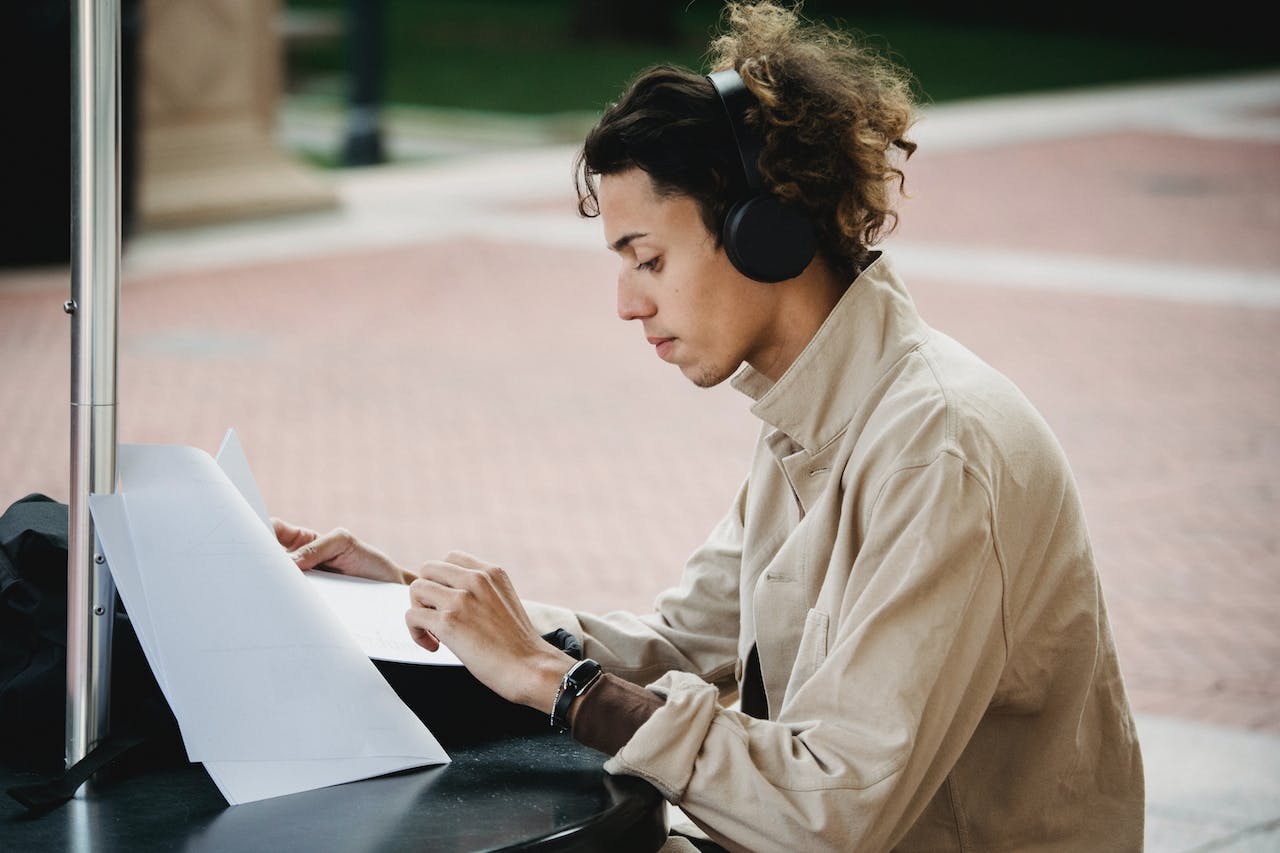Music is known as a universal language. Everyone around the world enjoys the scintillating sounds and rhythms. Even if we can’t hear the lyrics of a song being played, we still tap our feet to sounds and flow along. However, apart from that, it has also been shown to promote learning and improve students’ academic performances. But unfortunately, schools have neglected this, with some totally excluding it from their curriculum. Such schools risk losing all these benefits of education through music.
Brain and Physical Development
Many studies have proven the fact that education through music enhances brain development. It develops the neural processing of students. In fact, children with active musical interests have been found to do better on IQ tests and other standardized academic tests like the SAT, etc. In addition to this, learning to play a musical instrument can help a student develop motor skills which are important for physical activities, physical fitness, and sports.
Improvements across Many Subject Areas
Education through music has far-reaching effects. Teaching children to play instruments aids their understanding of physics (especially sound physics) and develops motor skills. Time signature and the concept of beat music can be used to teach students math topics such as fraction. Songwriting would naturally improve their reading and writing skills. And then it goes on and on like that. The effects of this can be realized everywhere.
Reading Comprehension and Writing Skills
Through tasks like songwriting and lyric analysis, it also improves children’s reading comprehension. A particular research was able to show how having better speech processing abilities and higher scores in reading tests were directly proportional to a high level of musical activity and participation. Since reading comprehension is important across all subjects, this method of education ultimately leads to improvements in all areas.
Writing skills are also essential for students. These writing skills developed in childhood continue to help students all the way to college education, where they need to write essays. Though right now, someone might opt to use a writing service with professionals that can write essay online, it will be good for students to develop good writing skills themselves. For example, even when I write my essays online, I use that as a guide and exert myself to make it even better and fit for my need.
Social Skills and Cultural Knowledge
Participation in music classes develops students’ social skills as a result of the interaction necessary in those classes. Students, by learning about it and playing instruments together (perhaps on the school band) learn to interact with each other and, ultimately, other people better. It is also tied with and varies with culture. European rhythms and instruments are obviously different from African styles. Someone from the latter would prefer different tastes. Therefore, it can be a good way to help children learn about their culture and place in history.
Stress Reduction
Music eases stress in everyone, children and adults alike. And yes, children feel stressed too, and it’s not good. They Relieving students of classroom stress by playing soft songs to please them makes them learn better. To make children more receptive to a teacher’s instruction, then they have to be in a relaxed mood. This is exactly what it does: relaxation. Next time, notice how joyful children are when a song comes on.
Improved Learning and Retention
Because it requires a considerable deal of activity, this approach challenges the traditional arrangement of the classroom setting. Through music, learning moves from passive to active. This makes the class lively and interesting to the children, and they learn better in that condition. They would certainly look forward to school every day. It can also help memorization with the use of musical mnemonics and other strategies.
Discipline
Children can be troublesome, and therefore need to be handled with discipline. Music instills this discipline in children. Though fun overall, it takes a lot of effort and determination to learn to play a musical instrument or even sing in the school choir. In fact, it has been shown to result in lower disciplinary records among students.
How to Incorporate this Method into Teaching
Here are creative ways you can make your children dance their way through to understanding and higher grades.
Playing Songs in the Background: While students are being made to solve some problem or during a writing exercise, play some songs in the background. It shouldn’t be so loud as to be distracting, though. The music lifts their mood, and they work better and faster.
Turn Lessons into Songs: This has proved the most effective method from the good old days. That’s how we learned our ABCs. It works every time. Using a song helps the children to remember much later and recall things they have been taught faster.
Music Education: This is a ‘full-blown’ class where students learn the intricacies of music and playing musical instruments. Many schools have neglected the teaching of this, questioning its importance and place. This article has addressed that already.
Dancing: Dancing? In classes? Conservative educators might frown at this. But students are made to sit for unnecessarily long hours which lowers their liveliness and makes them passive in class. Music classes where dancing is encouraged can lift the children’s mood and make them more active in order classes.
Conclusion
It is important that music education is brought back to our schools. Such a subject that has been proven consistently to offer such great benefits to students must not be neglected.

